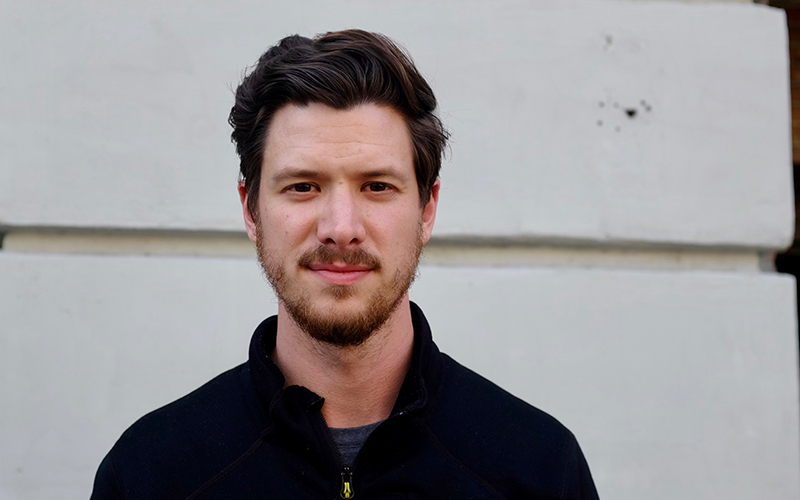AWS Startups Blog
What if you could A/B Test the Physical World?
 These days, distributed teams have plenty of enterprise software options that make collaborating feel seamless. But actual, face-to-face, IRL workplaces have been somewhat left behind. That’s where Density comes in. The San Francisco-based startup has built a piece of enterprise hardware for corporate campuses that measures how space is used. Many believe the technology is key to optimizing how all physical space is used.
These days, distributed teams have plenty of enterprise software options that make collaborating feel seamless. But actual, face-to-face, IRL workplaces have been somewhat left behind. That’s where Density comes in. The San Francisco-based startup has built a piece of enterprise hardware for corporate campuses that measures how space is used. Many believe the technology is key to optimizing how all physical space is used.
Like all the best innovations, it sprung from frustration. Andrew Farah, CEO, started the company in Syracuse, NY, which experiences intense “lake effect” winter snowstorms. He and his team were fond of working from a coffee shop five blocks away from their office, but would often trudge through the snow only to find that there was nowhere to sit and work. It bothered them that there was an API for the weather, but not an API for how busy the coffee shop was. So they set about building one.
It turns out that counting how many people are in a given room without invading their privacy sounds simple but is inordinately complex. Using subtle environmental cues and connecting the dots to tell what is where has just become technologically possible. “In order to count people, you actually have to be able to identify and categorize all the things that are non-human, and that’s super hard to do without enough data. So, break beam doesn’t work, and MAC address tracking isn’t specific enough,” Farah says. “It’s only in the last nine months that the technology has gotten accurate enough to be able to deploy across a real estate portfolio and measure how infrastructure is used.”
The technology Farah is talking about isn’t a hardware breakthrough. Their device is essentially a miniature, elegant “gaming laptop” mounted above an entryway, but the ML algorithms running on these devices may fundamentally change how we understand space. “The cool thing about modern artificial intelligence systems is that once your dataset is large enough, you can move into deep learning, where it’s not only producing the results, but it’s also creating some of the rules on how to classify,” says Farah. “Right now, we do a lot of traditional machine learning, but we also have models that use deep learning, which is a bit more of a black box.”
The hard data on how people actually use spaces is negligible or non-existent, Farah says. “40% of all corporate real estate is empty.” And space savings aside, there are plenty of services or systems that operate without data-driven direction: heating and cooling, access control, demand for food and cafeterias, even cleaning. “Why would you clean a room that was never used?” Farah asks. With Density, you can know to deploy your cleaning staff elsewhere.
Having a robust algorithm for what seems to be a trivially easy problem—counting how many people are in a room—may, in fact, open up a new universe of measuring, and then optimizing physical spaces. There are “trillions of dollars in human infrastructure with no visibility into how the space gets used,” Farah says. “Why AB test a website and not AB test a space? Why spend all this capital and then not measure the performance of the asset?” The technological hurdle out of the way, Density allows businesses to pinpoint and optimize use cases for elements of their physical footprint, small and large. Whether it’s tracking which meeting rooms are in demand, or which assets in a real estate portfolio are ripe for consolidation, Density is giving rise to a new era of ML-optimized space.